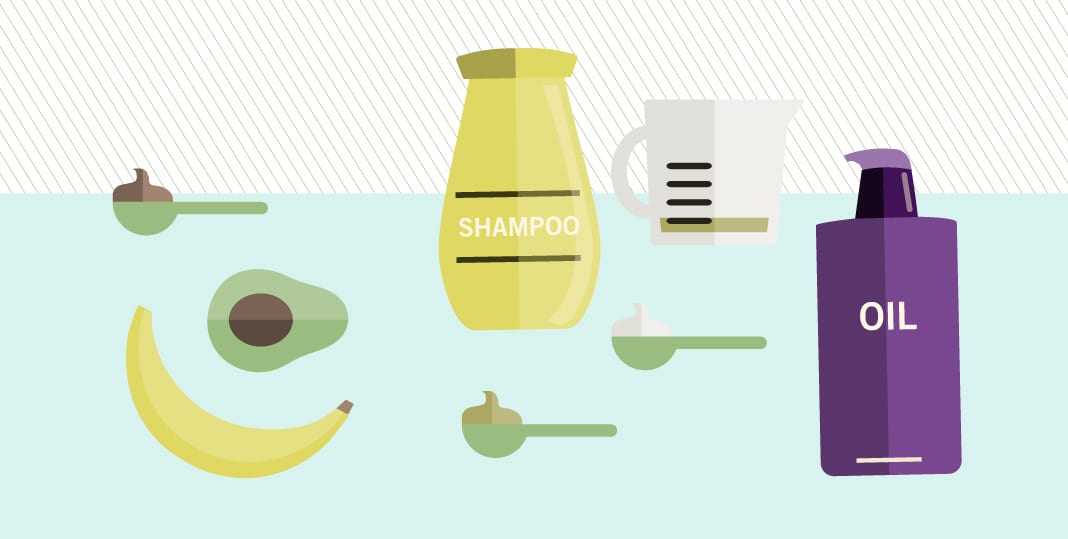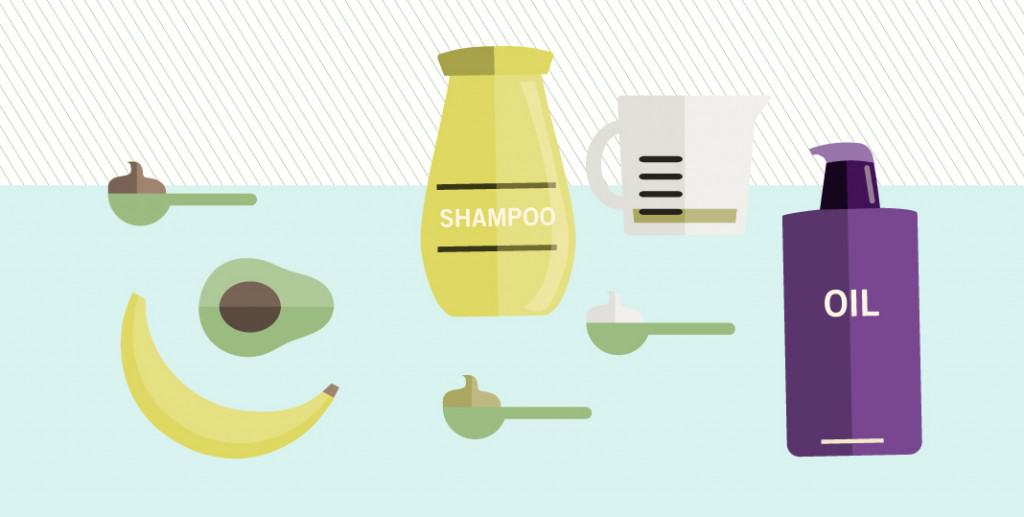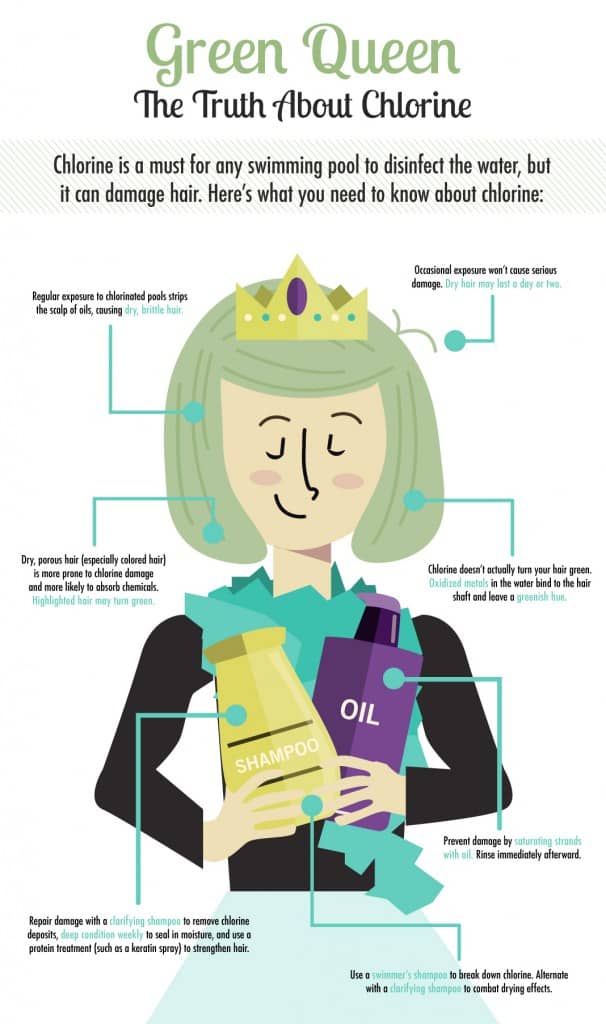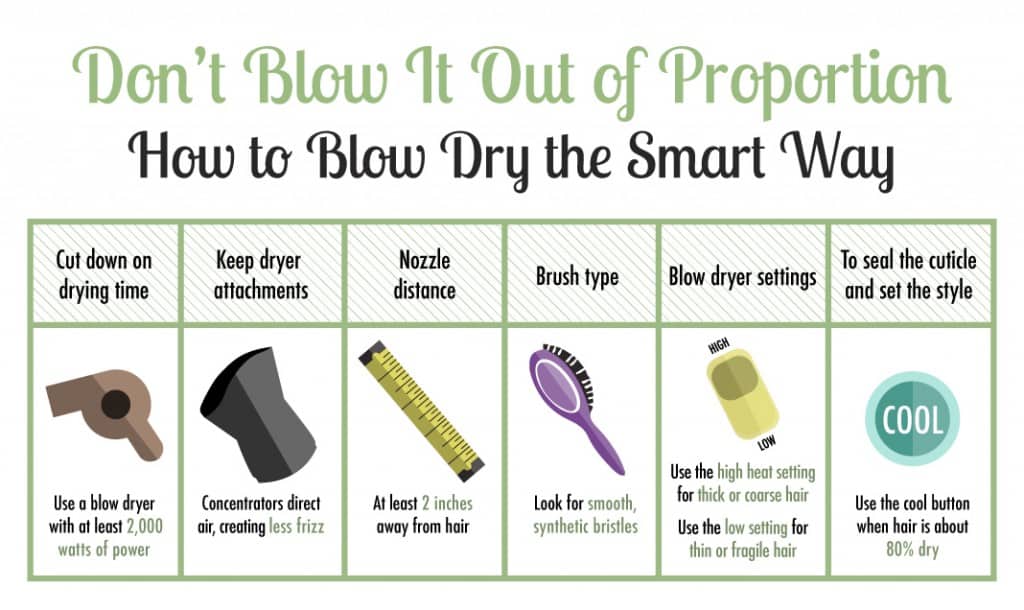 Combat Summer Sun, Chlorine, and Salt-Water Damage
Combat Summer Sun, Chlorine, and Salt-Water Damage
The end of summer may leave you with a glowing tan and beach memories, but those long, sunny days can wreak havoc on your hair. The sun’s rays, chlorine, and salt water can result in dry, brittle, or frizzy hair. Any heat styling makes matters worse. Reverse summer damage with these tips to hydrate your hair and bring it back to life.
Summer’s Damage
Skin protection during the summer is a no brainer, but our hair can easily be forgotten. Exposure to sun, salt water, and chlorine dehydrates hair, which leaves it feeling like straw. Warm-weather damage breaks down the hydrolipidic film, a protective coating on each strand of hair. Add dye to that mixture and the protective film can completely disappear. Like skin, hair needs moisture. But unlike skin, it doesn’t have its own source of moisture. Without oils, hair is more prone to environment elements, including the sun’s rays and chlorine, so it’s important to replenish with moisturizing products.
 Put Products on Pause
Put Products on Pause
If your hair is frizzy or won’t hold a curl, avoid the temptation to reach for more styling cream. Products can make damaged hair look and feel more brittle, and product buildup weighs it down, causing flat, lifeless hair. Instead, replenish damaged hair with a moisturizing treatment. Steer clear of products with alcohol, such as mousse or hairspray, which suck out moisture. And while there are several tricks to smooth strands and reduce breakage, the only way to completely get rid of split ends is a trim. A haircut brings bounce back to a style and requires fewer products.
Cut Back on Styling
Cooler days may make you want to crank up the heat on the flat iron, but heat makes damaged hair more frazzled. Try to extend the life of your blowout an extra day to reduce heat styling. When you do use heat tools, apply a heat-protectant spray. Smooth on a nutrient-rich oil such as coconut or jojoba before styling to help seal the cuticle and lock in moisture. When using a flat iron, choose one with ceramic plates, which further protects strands from heat damage. Between washes, use a dry shampoo to soak up oils and renew hair. Instead of applying dry shampoo in the morning, brush it through strands, starting at the scalp, before bed. It’ll soak up oils and sweat while you sleep.
 Switch Shampoo
Switch Shampoo
Similar to a skincare routine, it’s smart to switch up your hair products every season. Look for a shampoo with added moisturizers, including natural oils and silk extracts to combat dry hair. If you suffer from a dry, itchy scalp, try a shampoo with tea tree oil, which can hydrate the scalp and reduce flakes.
Shampoo the smart way to get the most out of products. Thoroughly drench hair before lathering and concentrate closest to the scalp. Rinse with the coldest water you can stand to smooth the cuticle. Work toward washing your hair less—sudsing up too frequently can strip hair of its essential oils and lead to more breakage. Follow up with a hydrating conditioner with keratin to repair split ends and breakage. Conditioning after every shampoo is a must—it smooths down cuticles (roughed up cuticles leave hair looking dull) to reclaim shine.
If there are still some pool days in your future, spritz on a leave-in conditioner after you shower. It prevents color from fading in the sun and the coating protects strands from absorbing chlorine. A leave-in conditioner also detangles even the most knotted hair for an easier brush-through, which means less breakage.
Apply a DIY Mask
Shampoo and conditioner won’t always combat dryness alone. For silky locks, use a hair mask or deep conditioner once or twice a week, depending on dryness. After shampooing, apply a hair mask from roots to ends and leave it on for several minutes. (Use a shower cap to let it penetrate deeper.) Want more out of your mask? Step out of the shower and blow dry coated strands on medium heat. The heat will help the hair expand, allowing the ingredients to penetrate into the hair shaft. Let cool for 10 minutes, then rinse.
Be Smart with Dye
Dyed hair, with the addition of summer damage, can produce a lot of dead ends. And water, rather than shampooing, is largely responsible for color fade. Dyes contain peroxide (not just the blond kind), which breaks down the protective barrier on hair, making strands more prone to sun and chemical damage. Hair becomes more porous and absorbs and releases water easily, which takes some color along with it when it’s rinsed away. The hotter the water, the quicker the color loss, so stick to cool water in the shower and use a shampoo and conditioner specifically formulated for colored hair.
If you need to touch up a dye job, apply only to the roots and comb through to the ends. For brassy locks, head to the salon for a gloss or glaze treatment. A colorist can restore your original hue and shine for a smaller cost than getting a full color. Taking matters into your own hands with home dye can produce less than stellar results, so it’s best to consult your hair stylist. Then before you hit the sun, protect with a UV-blocking styling product, such as a leave-in conditioner.
Prevent Further Damage
Look for products with natural ingredients. Shampoos with chemicals, including propylene glycol, sodium laurels, ammonium laurels, and paraben, stay in hair after washing and make even healthy hair more fragile. When you get some sun next summer (or during a winter vacation) protect strands before the damage can be done. Wet hair before diving into pools or salt water, and cleanse with shampoo as soon as possible. Make sure to use conditioner as well. Don’t forget to protect any exposed scalp and colored hair with a UV protectant spray.
Conclusion
Once you reverse the damage caused by the sun, chlorine, and salt water, see your hair stylist for frequent trims and limit styling time. Keep your hair healthy, no matter the season, to prevent both breakage and dull color.





